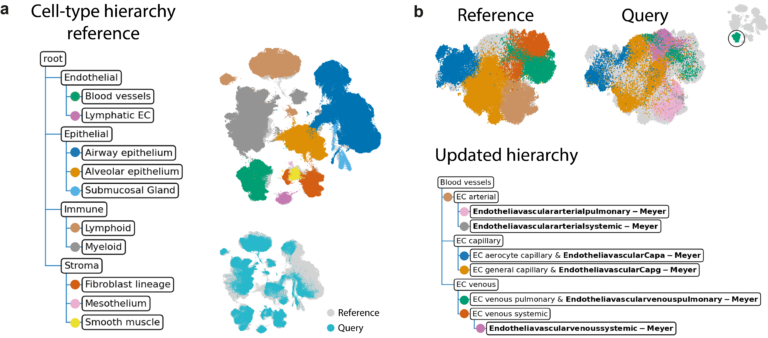About the strength of consortia (part 1)
On 12 December 2023 the Annual Amsterdam Neuroscience meeting took place at the RAI Amsterdam. In the afternoon a special session was dedicated to “Consortia at work”. Different “duos” involved in large consortia explained the strength and added value of these collaborative initiatives. In this first part we highlight the talk by Prof. dr. Huib Mansvelder and Prof. dr. Boudewijn Lelieveldt, two of the lead-PIs of BRAINSCAPES, who shared their experiences and involvement in the prestigious US Brain Initiative Cell Atlas Network (BICAN). This large-scale effort sees eleven different groups (and techniques) combined to develop cell atlases of the primate brain. In the past years BICAN’s predecessor has yielded its first important successes, and achieved things that no other single lab could do at this scale. Besides this, consortia help to extend networks and (importantly) are also just great fun!
Read More










